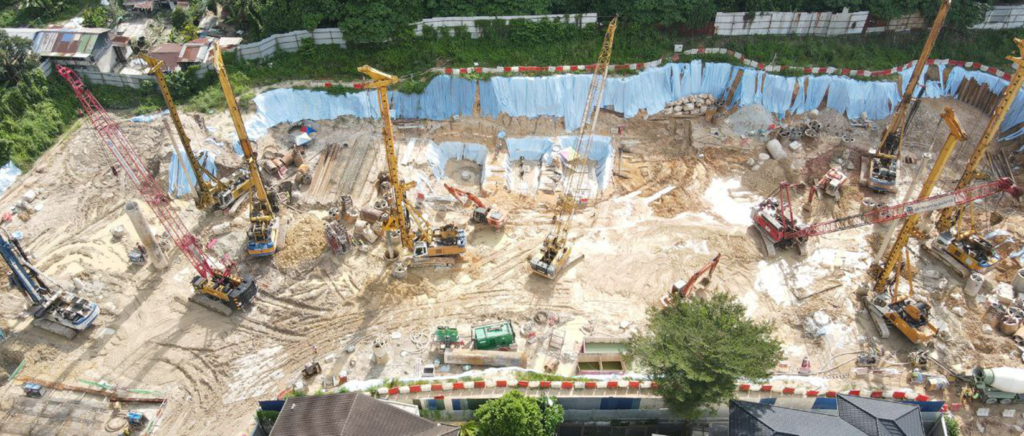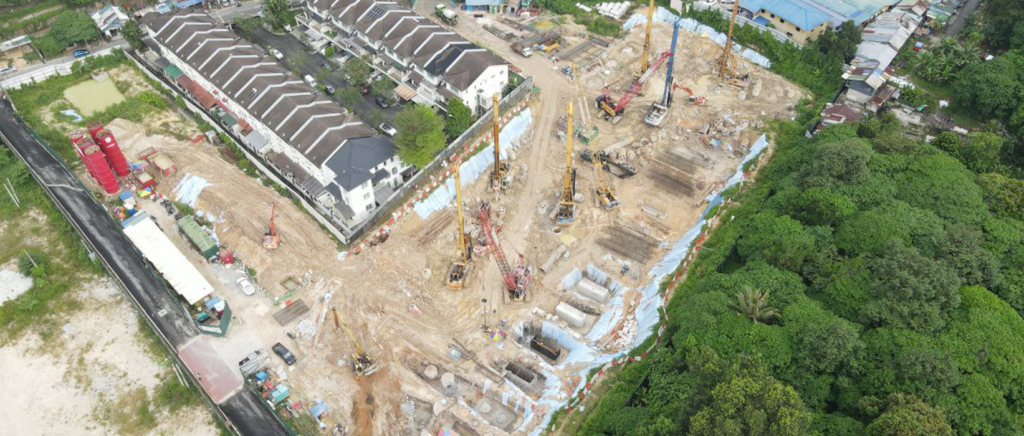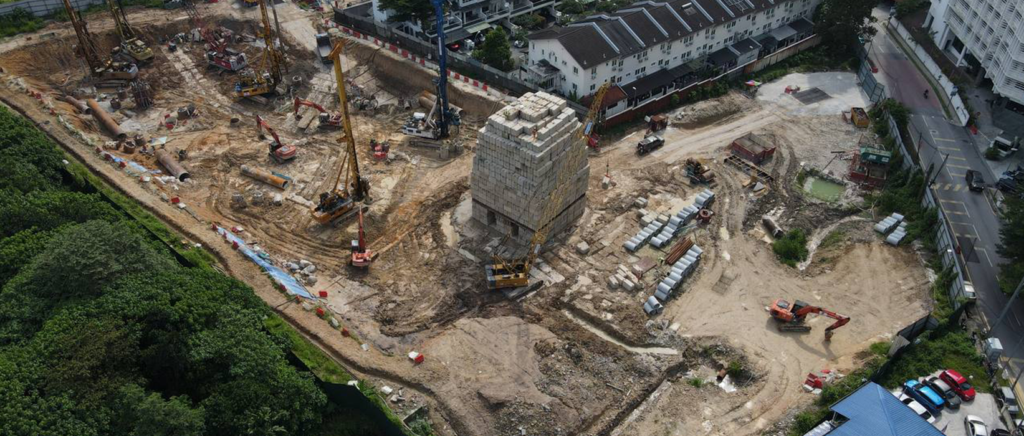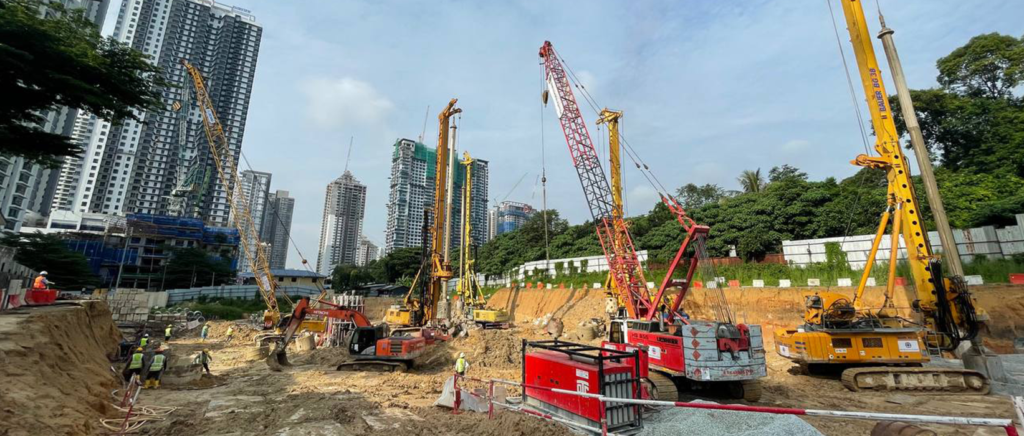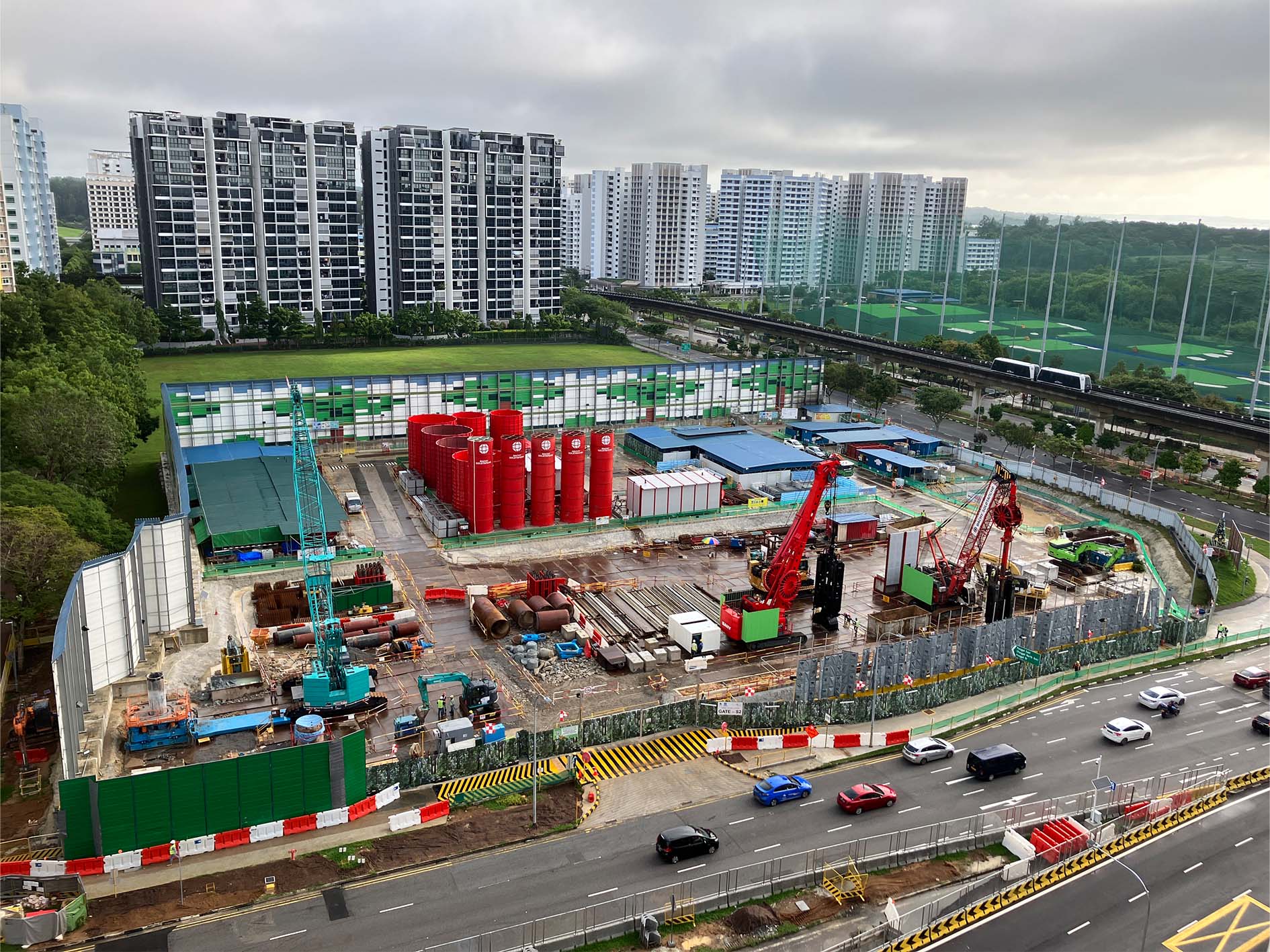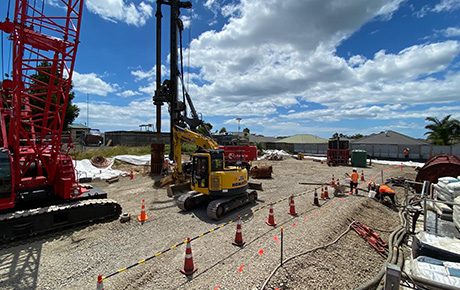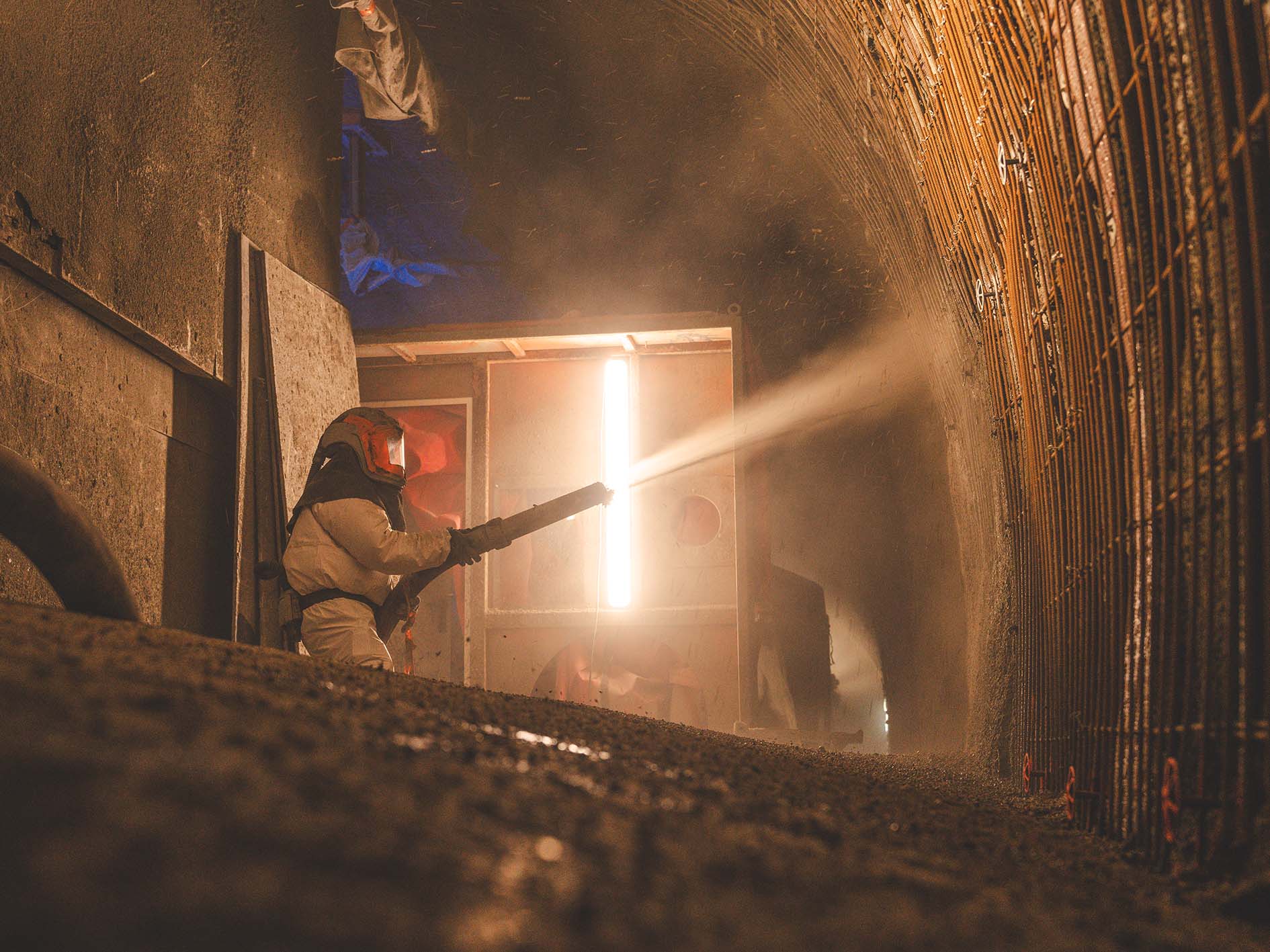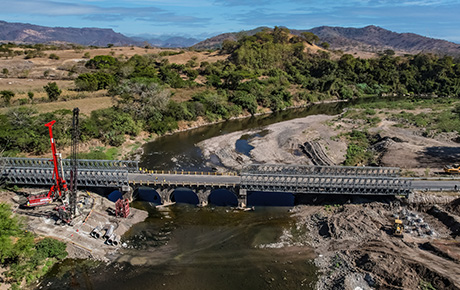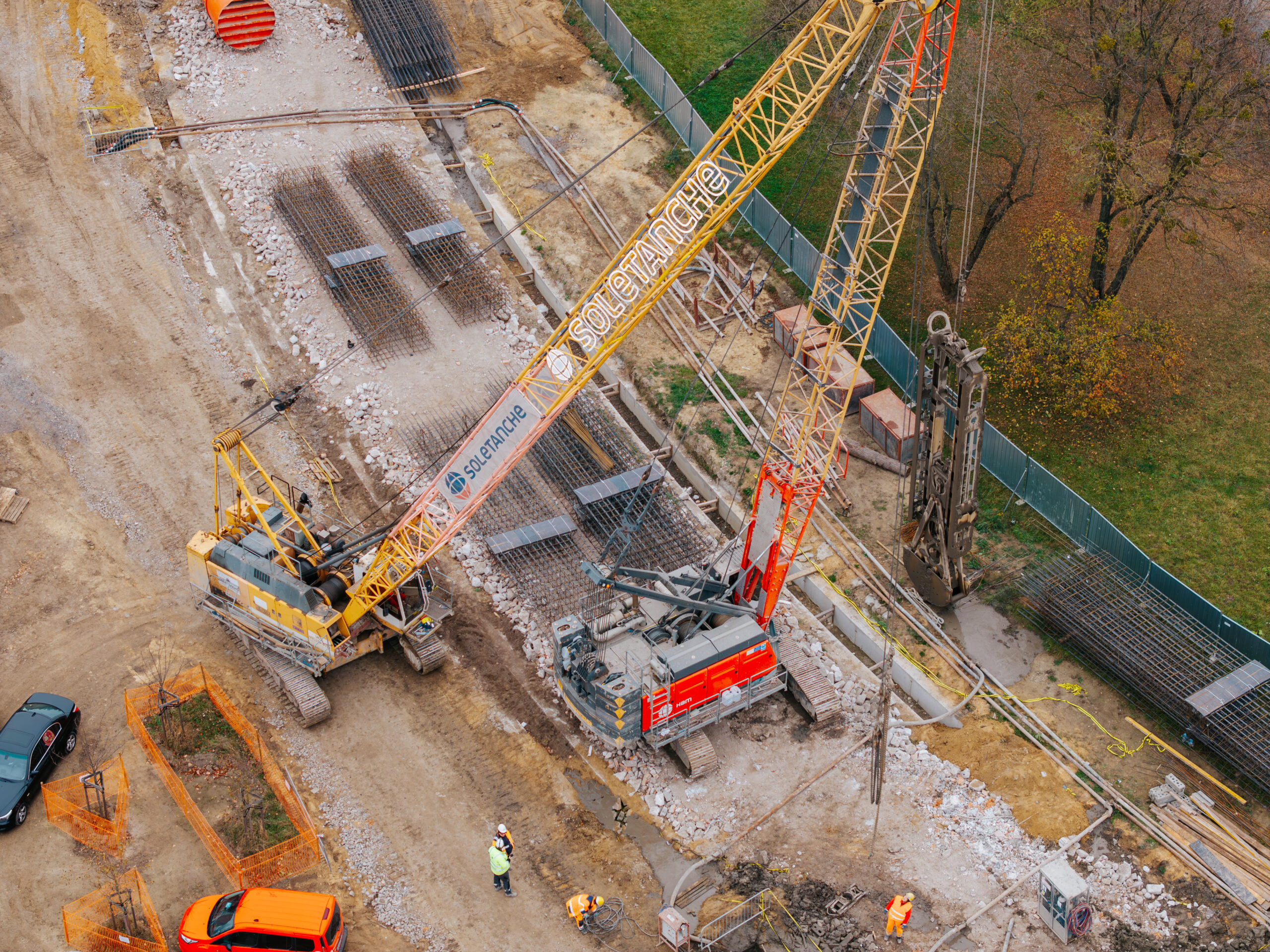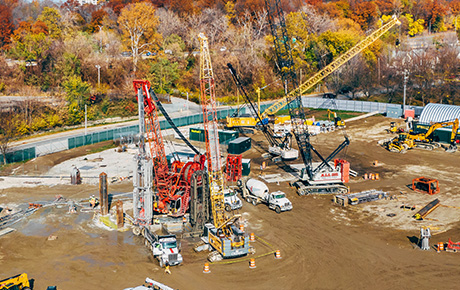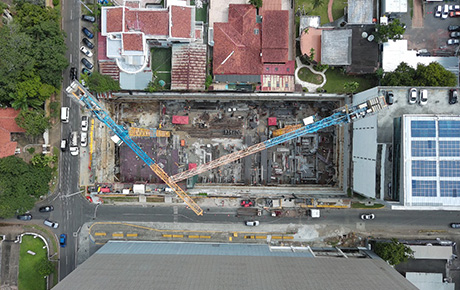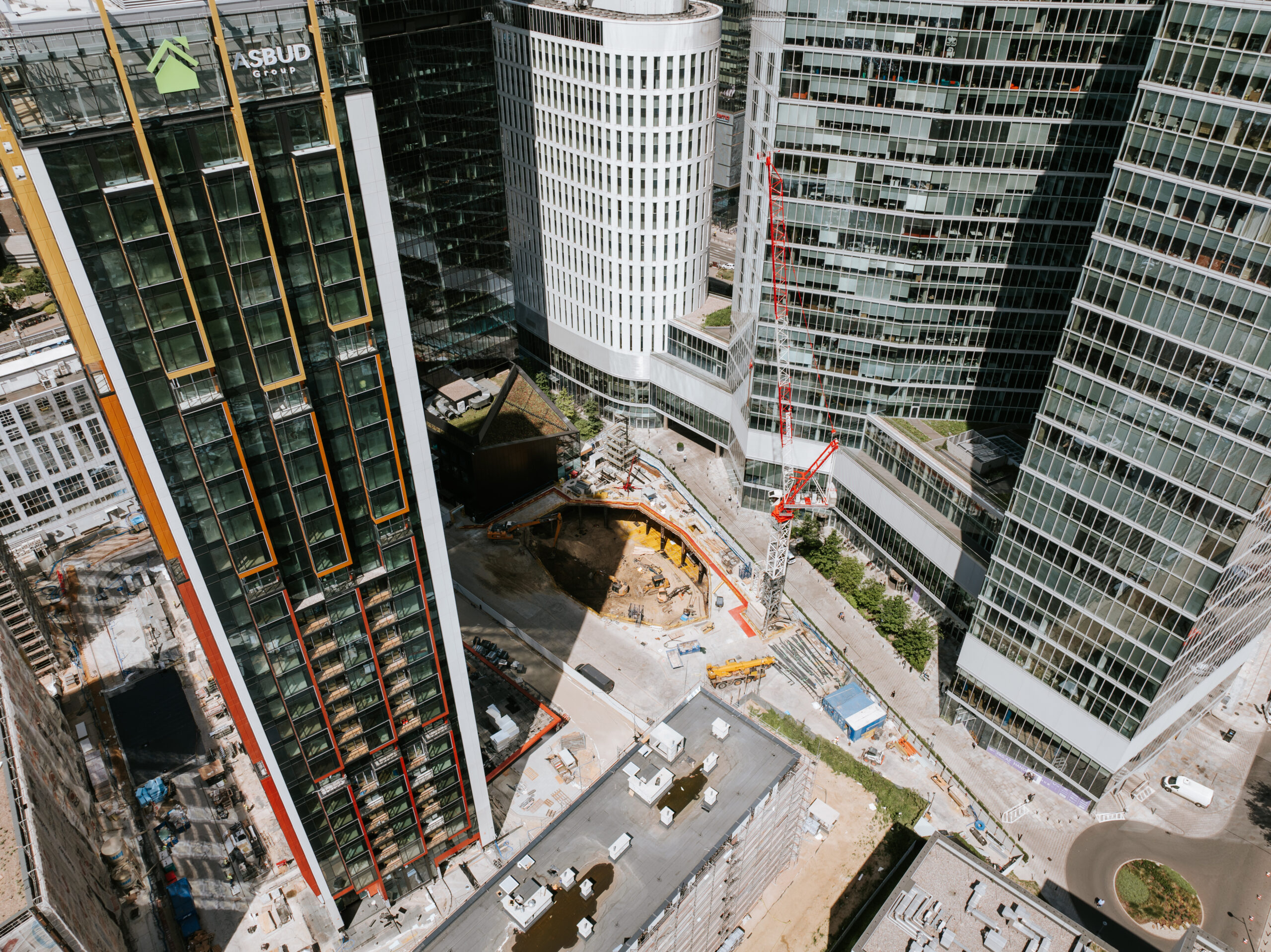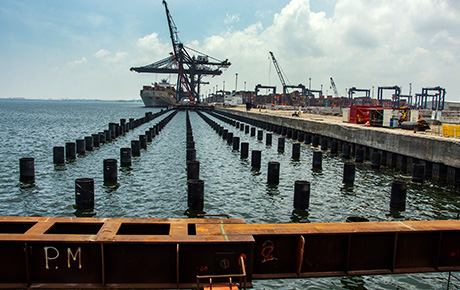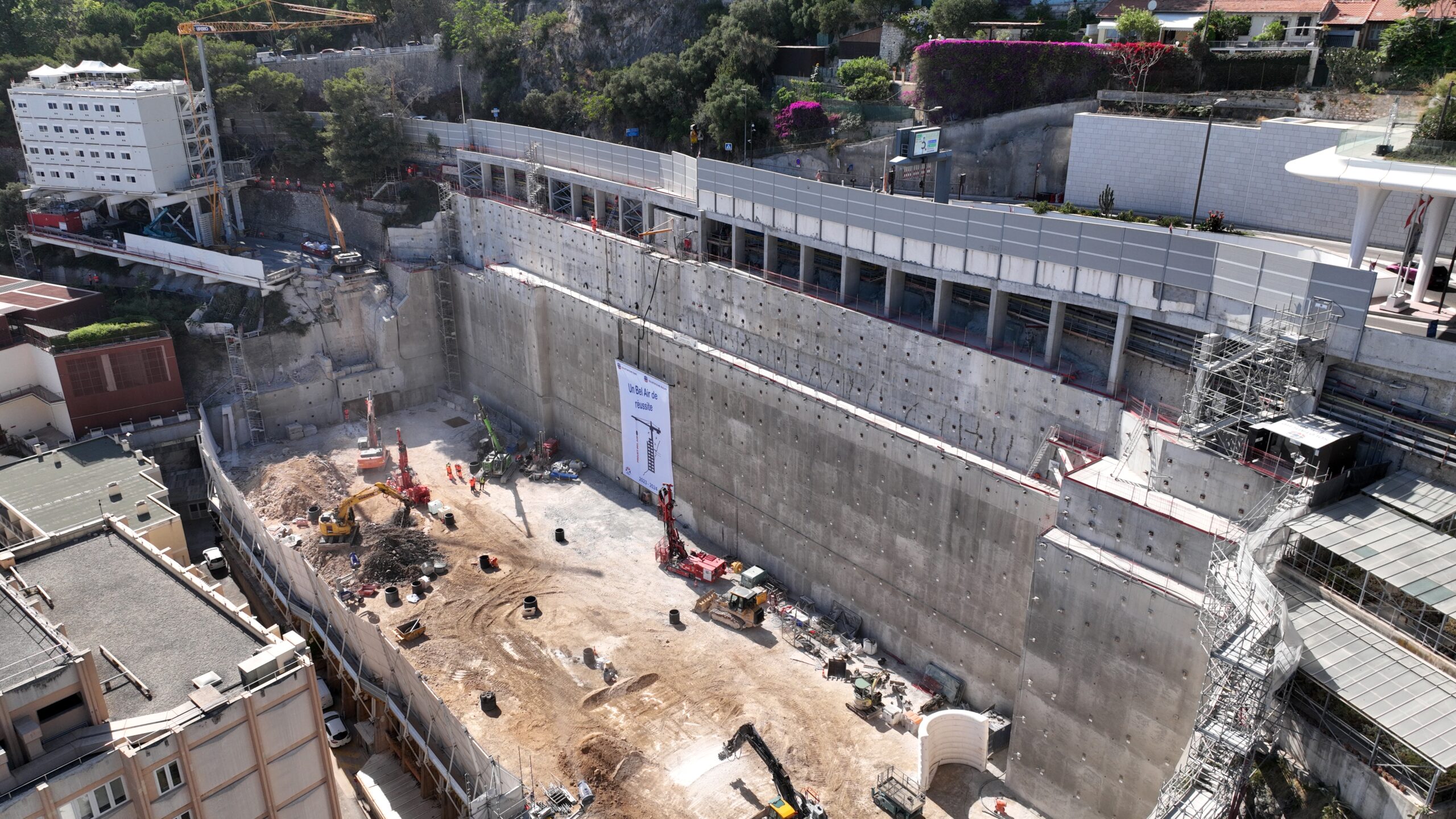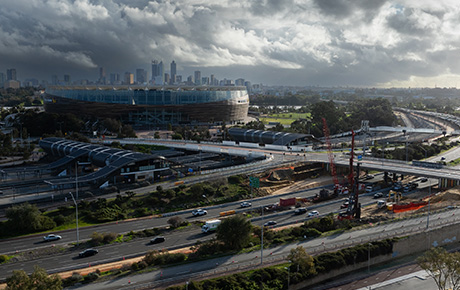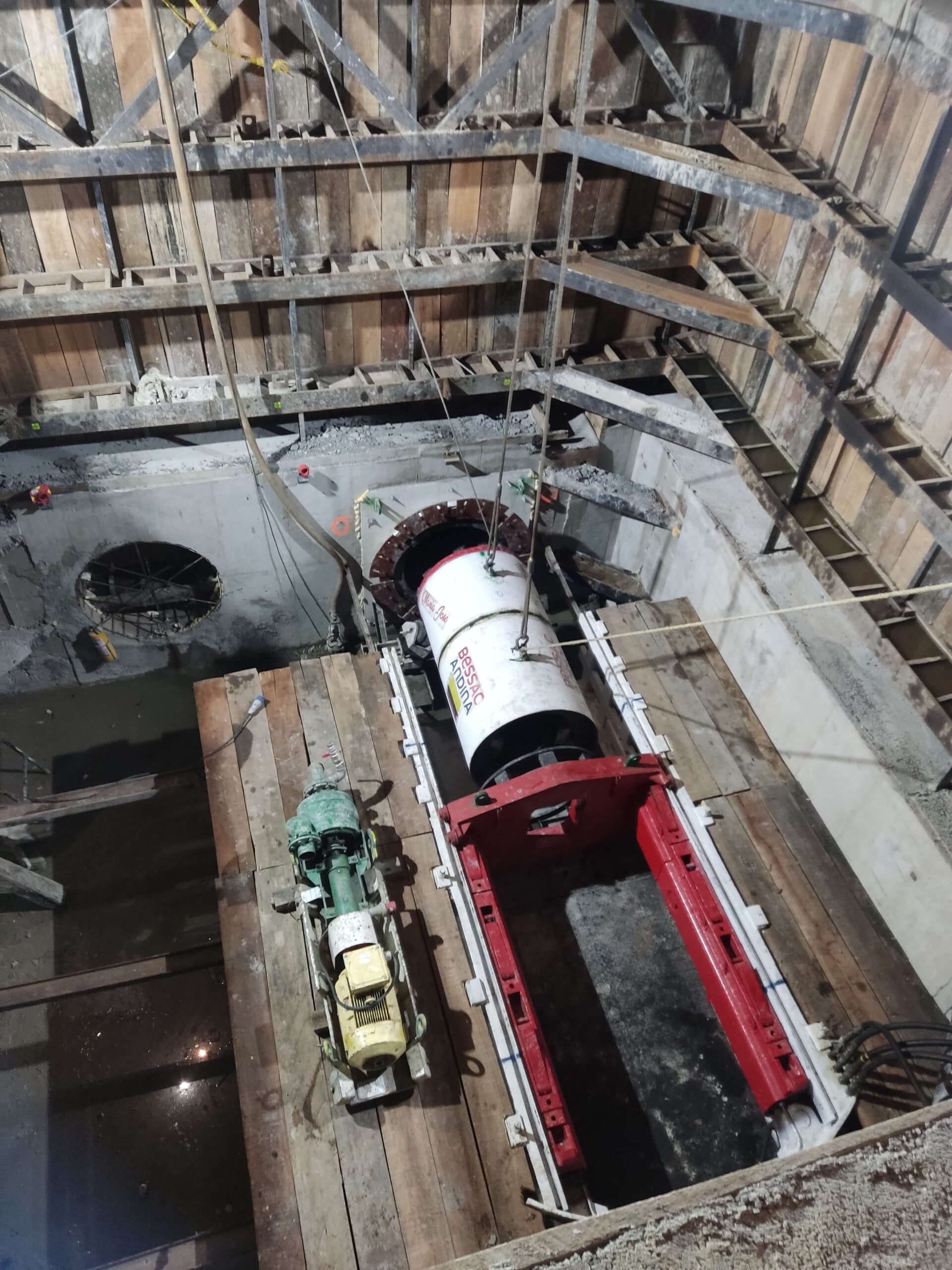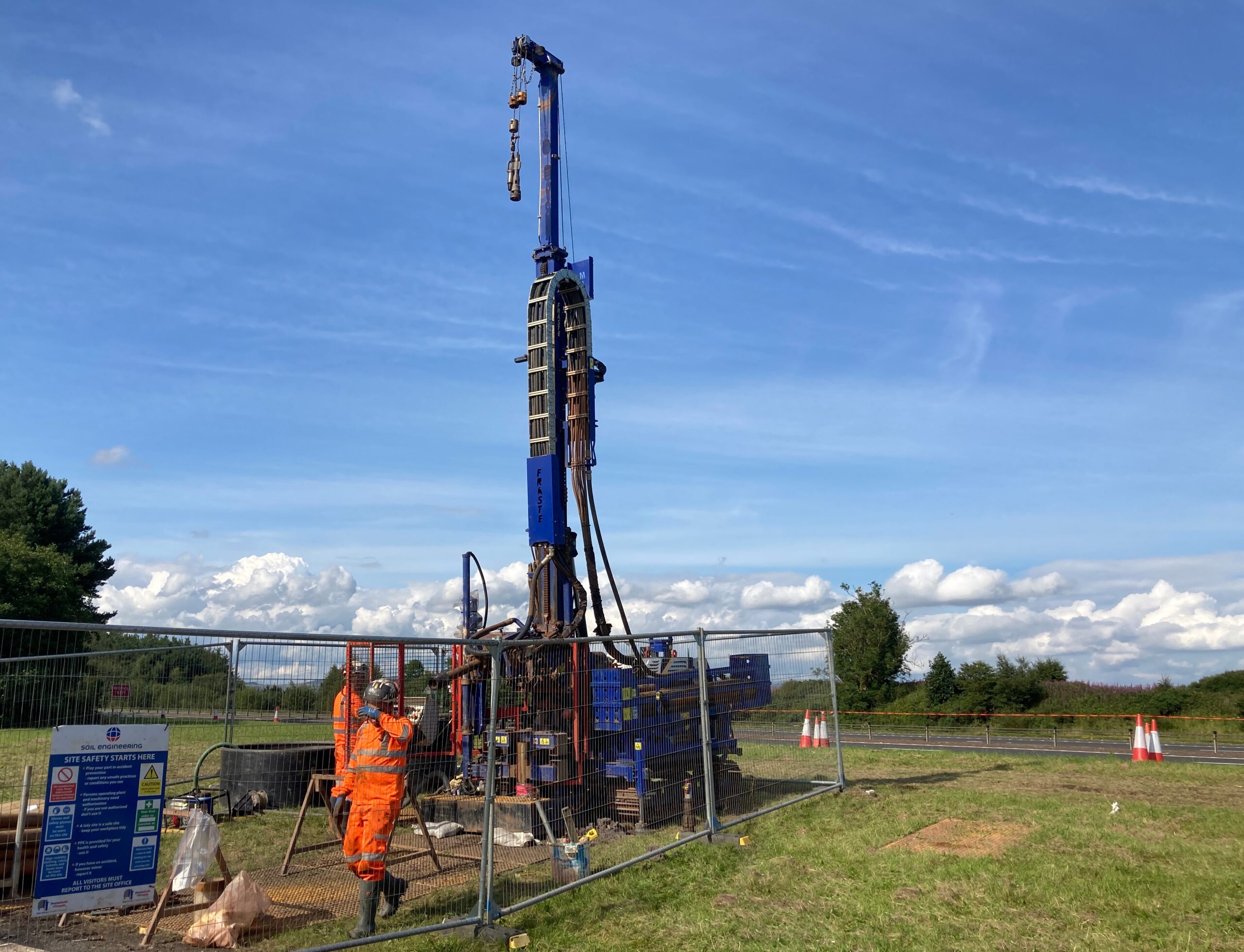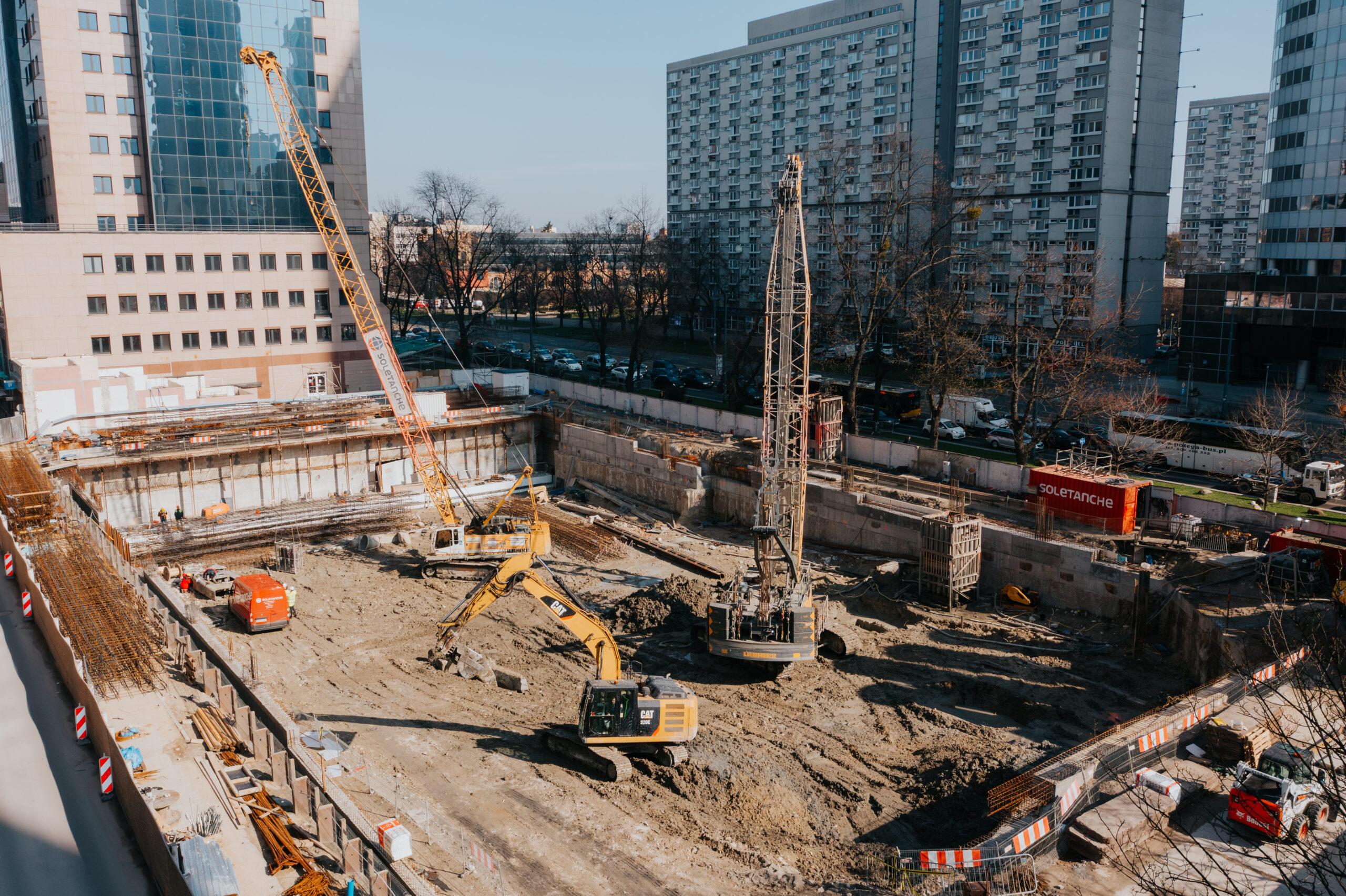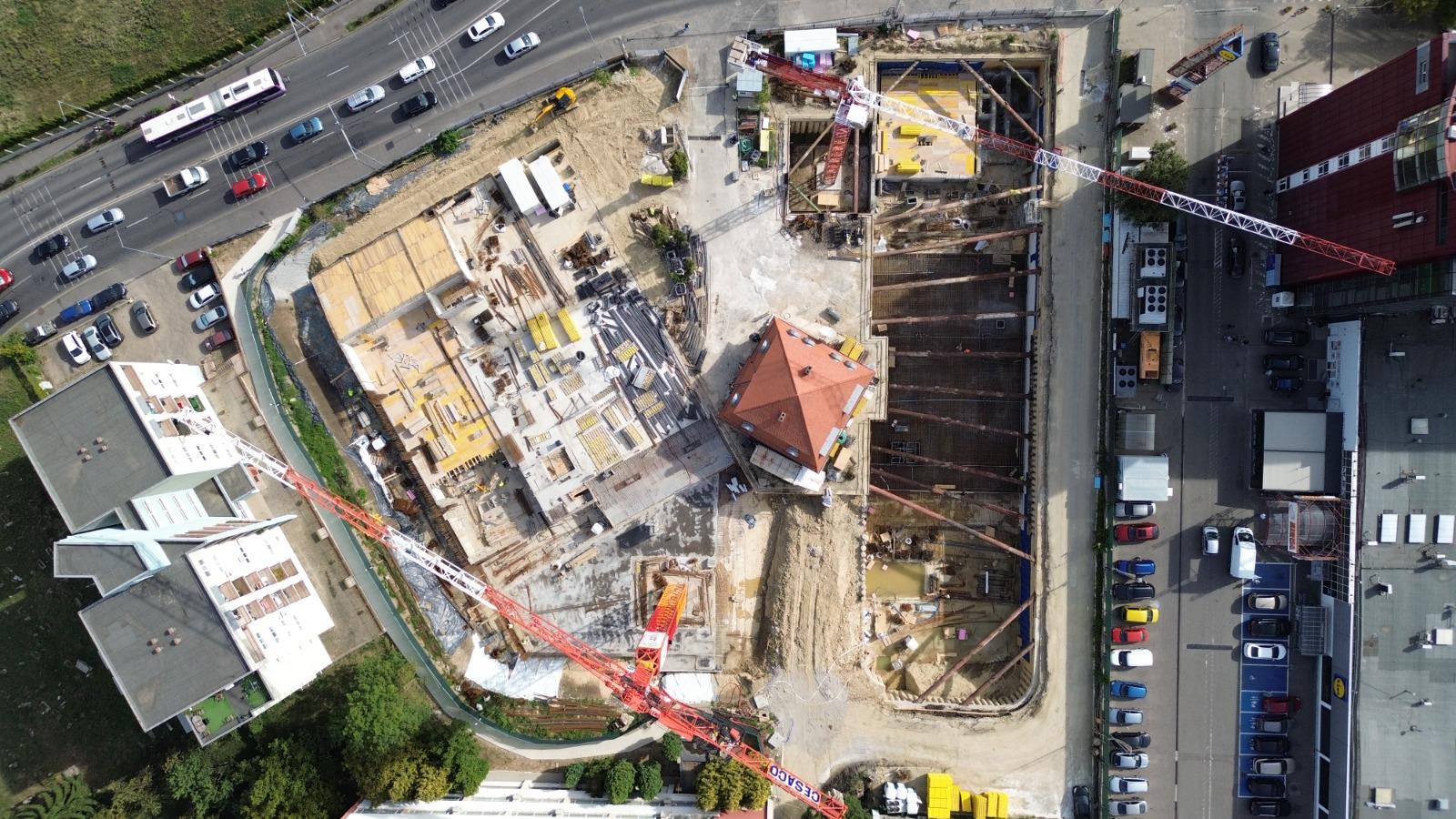16/01/2023
Malaysia: Geotechnical Alliance takes part in prestigious project “Land-Marker” in Mont Kiara
Environment | News | Project
Geotechnical Alliance (Malaysia) is building the foundations and substructure of the prestigious property development “Land-Marker” in Mont Kiara, Kuala Lumpur. Our subsidiary was selected because of its efficient design alternative which reduces the quantities of materials used and the CO2 emissions of the project.
Design & build substructure package
Land Marker Sdn Bhd (a subsidiary of Bon Estates Sdn Bhd) has launched early this year the construction of a 50-storey condominium, at a prime location within Mont Kiara district. The new residence will be backed by the forest, yet at close distance from the future MRT3 station and many other facilities.
The substructure work package was awarded in January 2022 to Geotechnical Alliance (GA). The works carried out by GA include site preparation, earthworks, piling and reinforced concrete substructure.
An efficient design alternative with environmental benefits
Against fierce competition, Geotechnical Alliance was the successful bidder thanks to its alternate design, with larger and more efficient bored piles, which reduced the number of piles by 15% and the pile cap volume by 18%. GA’s solution was not only cheaper, it also saved significant quantities of concrete and steel material, counting for about 1,650 tons of carbon emissions.
On top of this, GA was eventually able to save another 1,050 tons of CO2 by using fly-ashes into a low-carbon concrete mix.
Granite rock socket bored piles
The 187 bored piles are 40m deep on average, with a diameter ranging from 1.00m to 2.20m. Installation of each pile is like taking the smooth and the rough: while boring through the soil layer with temporary casing and polymer mud is quite painless and fast, socketing the last few meters within the granite formation is exhaustingly slow and took most of the production time.
The good part of the granite rock being so strong came from the Preliminary Test Pile, which demonstrated that the allowable skin friction could reach as much as 700 kPa, way above the 500 kPa used for the conforming design. This was later proved to be constant with numerous Point Load Tests performed by the site team on core samples, and led to some further design savings.
